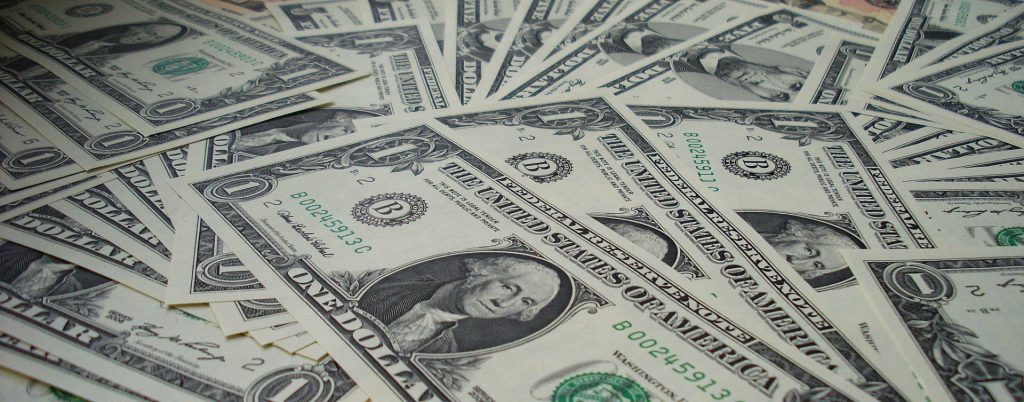
The so-called trade war between the US and China shows no real sign of abating, with nations such as Taiwan and Vietnam having recently been dragged into the ongoing conflict.
Those involved are now causing a potential stand-off with Hong Kong, following China’s controversial plans to introduce a New National Security Legislation in Hong Kong with a view to prohibiting terrorism, subversion, splittism and any behaviour that has the potential to threaten the safety of citizens.
The fear is that this purposelessly vague legislation would be manipulated by China to assert authoritarian control over the region, while eventually creating a scenario that would threaten Hong Kong’s status as Asia’s finance capital. We’ll explore this below, while assessing the impact on the Hong Kong dollar and the economy as a whole.
Delving Deeper into the Standoff and its Impact on the HKD
While a form of temporary truce had been achieved by the US and China in January, this sense of accord quickly faded following the Covid-19 outbreak.
As the virus spread to the states and became a global pandemic, Donald Trump and his administration were quick to apportion blame to the Chinese government, creating further tension between the two parties and causing a sudden escalation in the conflict.
This escalation has also engulfed a number of nations, with prominent semiconductor chip manufacturers in Taiwan recently at the heart of a tug-of-war between China and the US. In the case of the threat to Hong Kong, the US has announced that it won’t allow Hong Kong’s financial autonomy to be compromised, with White House advisor Larry Kudlow reportedly saying that this would represent “a big mistake” on China’s behalf.
The recent conflict and uncertainty has seen the USD make considerable gains against the Hong Kong dollar, with the USD/HKD continuing to hold in a consolidation pattern just above the long-term 7.4867 support level. The short-term price outlook is expected to remain bearish for this pair, thanks largely to the sustained uncertainty prevalent across the globe.
This curbed the rise of the HKD, which had risen to a three-year high of 7.85 per US dollar in February of 2020. This was largely thanks to the stimulus packages that the Hong Kong Monetary Authority introduced to combat the Covid-19 outbreak, which fortified the value of domestic currency and created an increase in capital inflows.
What Next for Hong Kong and the HKD?
While Hong Kong’s ability to sustain foreign investment levels and deal effectively with coronavirus stood their economy in good stead during Q1, the recent stand-off with China and significant delays to rail projects have undermined this progress since March.
The latter could ultimately cost the region in excess of HK$100 billion in economic gains, with this adversely affecting Hong Kong’s strategy of investing heavily in infrastructure as a way of boosting short and medium-term economic growth.
There’s no doubt that these issues have left the financial markets on tenterhooks, with traders watching events closely to determine the likely fate of Hong Kong stocks and the HKD. This has minimised the market fallout for now, while also safeguarding the HKD from any significant losses.
To this end, shares recently pulled back from negative territory to turn marginally positive, and it’s hoped that the region’s economy can consolidate in the short-term before growing tentatively in Q4.
 Ascending Flag
Ascending Flag Assignments Have Gone Mobile!
Assignments Have Gone Mobile!